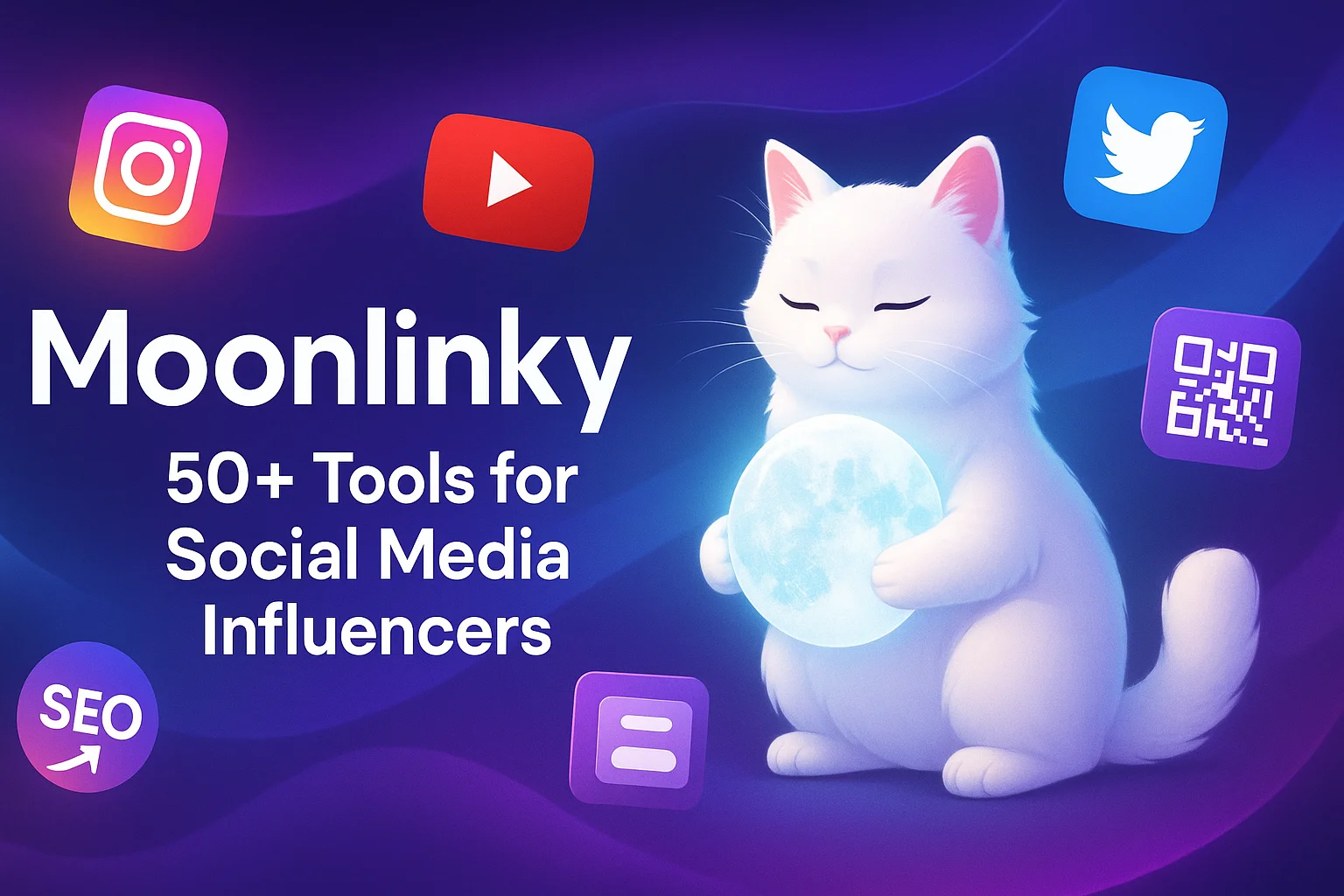In the vast world of digital imagery, two file formats reign supreme for everyday use: JPG and PNG. While both are widely accepted and serve similar purposes, they possess distinct characteristics that make them suitable for different applications. Understanding when to use JPG vs. PNG, and knowing how to convert JPG to PNG or vice-versa, is crucial for anyone working with images, from web designers and photographers to casual social media users.
Understanding JPG (JPEG)
JPG, or JPEG (Joint Photographic Experts Group), is a raster image format known for its "lossy" compression. This means that when a JPG image is compressed, some data is permanently discarded to achieve a smaller file size. This makes JPG ideal for photographs and complex images with smooth color gradients. The human eye typically doesn't notice the slight loss in quality, especially at higher compression settings.
- Pros: Small file sizes, excellent for photographs and images with many colors, widely supported.
- Cons: Lossy compression means quality degradation with repeated saves/edits, no transparency support.
Understanding PNG
PNG (Portable Network Graphics) is a raster image format that uses "lossless" compression. This means no data is lost during compression, preserving the original image quality perfectly. PNG is particularly favored for graphics, logos, illustrations, and images requiring transparency. It excels where sharp lines, text, and areas of solid color are important.
- Pros: Lossless compression (no quality loss), supports transparency (alpha channel), ideal for graphics and images with text.
- Cons: Larger file sizes compared to JPG, generally not recommended for complex photographs due to file size.
When to Use JPG vs. PNG
The choice between JPG and PNG largely depends on the image content and its intended use:
- Use JPG for:
- Photographs with a wide range of colors.
- Web images where file size is a primary concern and slight quality loss is acceptable.
- Images for email or presentations.
- Use PNG for:
- Logos, icons, and graphic designs.
- Images requiring a transparent background, such as watermarks or overlays.
- Screenshots or images containing text and sharp lines.
- Any image where preserving exact quality is paramount.
How to Convert JPG to PNG
There are several easy ways to convert JPG to PNG, whether you need to convert jpg to png online or using desktop software. Many users frequently search for how to convert jpg to png because of PNG's transparency and lossless qualities.
1. Online Converters (Convert JPG to PNG Online)
Numerous free online tools allow you to convert JPG to PNG with just a few clicks. These platforms are incredibly convenient as they require no software installation. Simply upload your JPG, select PNG as the output, and download. Look for a reliable service that prioritizes image quality during the conversion process. An excellent example of such a tool is Moonlinky's own JPG to PNG converter, offering a straightforward solution to convert jpg to png.
2. Desktop Software
- Image Editors (Photoshop, GIMP): Professional image editing software like Adobe Photoshop or the free and open-source GIMP offers robust options to convert jpg to png. Open your JPG file, then use the "Save As" or "Export" function and select PNG as the desired format. This gives you more control over compression and other settings.
- Built-in Operating System Tools: Even your computer's default image viewer or paint program can often perform a basic convert jpg to png operation. For instance, on Windows, you can open a JPG in Paint, then "Save As" a PNG. Similarly, macOS Preview allows you to export images as PNGs.
How to Convert PNG to JPG
While often less common, there are scenarios where you might need to convert PNG to JPG, primarily to reduce file size. Given that PNG files are generally larger due to their lossless nature and support for transparency, converting png to jpg can be beneficial for web performance.
1. Online Converters (PNG to JPG Online)
Just like with JPG to PNG, many online tools facilitate PNG to JPG conversion. These are ideal if you want to quickly convert PNG to JPG without installing any software. Be aware that converting a PNG with transparency to a JPG will typically result in the transparent areas being filled with white or black, as JPG does not support transparency. You can find helpful tools like Online-Convert's PNG to JPG tool or Convertio to convert png to jpg.
2. Desktop Software
Again, image editors and even basic OS tools can handle converting PNG to JPG. Simply open the PNG file and save/export it as a JPG. Remember, the transparency will be lost.
Image Optimization and Beyond
Understanding these conversions is just one aspect of effective image management. For websites, not only is the right format crucial, but also image optimizer tools can significantly reduce image size, leading to faster loading times and a better user experience. Tools that help you reduce image size are invaluable. An image size reducer can compress your images further without noticeable quality loss, whether they are JPG or PNG. Ultimately, selecting the appropriate format and optimizing your images are key steps in enhancing your digital presence.
```